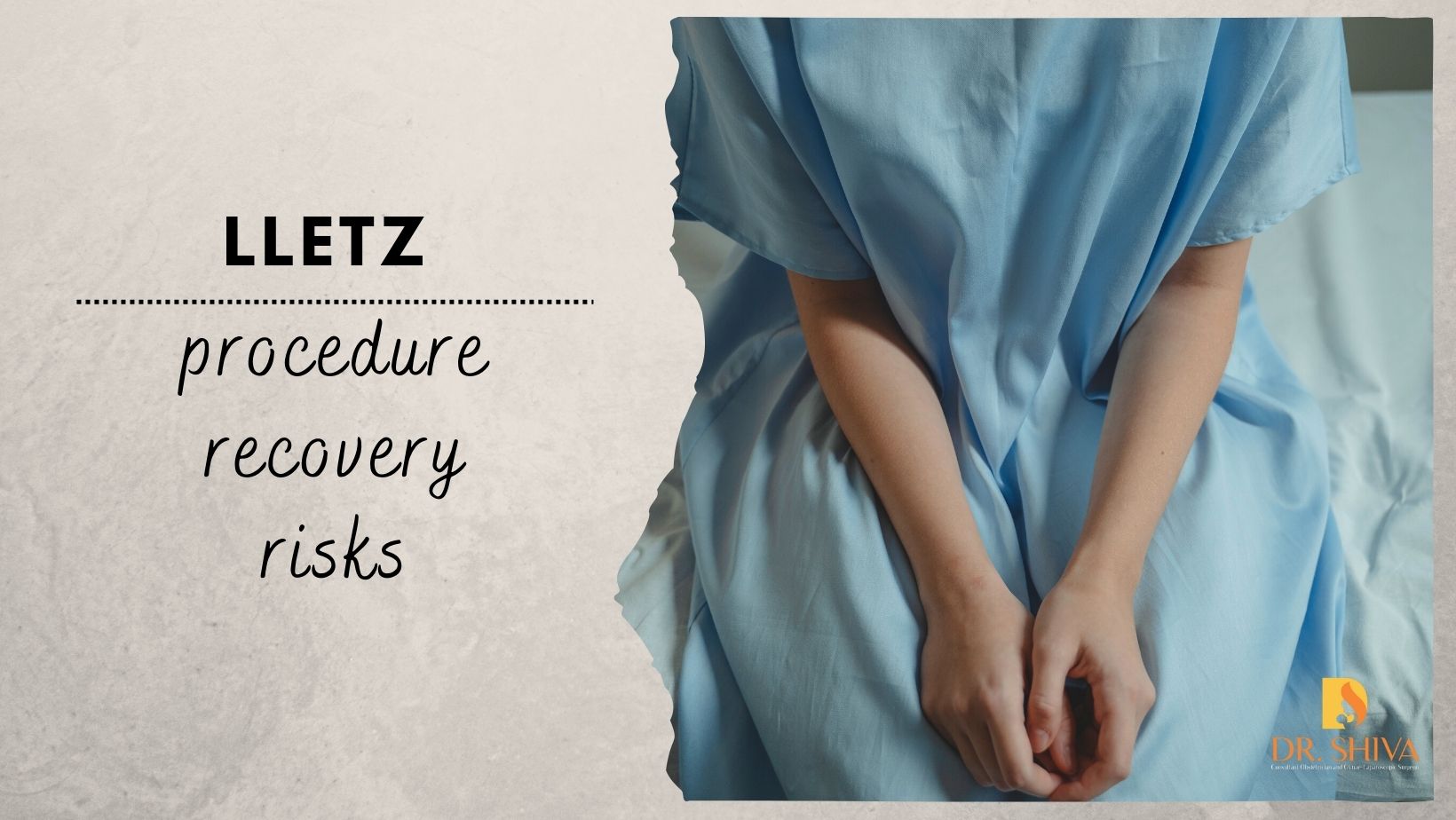
Large loop excision of the transformation zone or LLETZ is executed to remove abnormal cells from the cervix. The procedure is executed using local anesthesia. It is also performed as a treatment for early-stage cancer as well as to diagnose cervical cancer.
Treatment procedure
You will be asked to lie down on your back with your knees raised and placed apart. A speculum will be placed in the vagina. Colposcopist will inject a local anesthetic into the cervix. Once the anesthesia has come into effect, the loop with electrical current will be used to remove the abnormal cells from the cervix. Another instrument will be used to seal the cut. The whole procedure may take around 10 to 15 minutes. It is not painful, but you may feel a bit comfortable. The cells and tissue will be sent to the laboratory for further tests.
What to expect after the LLETZ procedure?
After the treatment, you may experience slight pain, bleeding, or vaginal discharge which may last from two days to around a month.
Bleeding – Slight bleeding usually occurs which may last from 2 days to 4 weeks. But if you are having any blood thinning medication you need to inform your doctor in advance.
Pain – some may experience pain for close to a month. Most are not severe, but if the pain has started affecting your day-to-day activities inform your doctor.
Vaginal discharge – this is common. After around a week the discharge may be dark brown indicating that the scab on the cervix is healing. But if the discharge smells bad or is yellow or green it is a sign of infection. You will need to consult your doctor.
For the first 4 weeks after the procedure, the following should be avoided
- use of tampons and menstrual cups
- heavy exercise and swimming
- having sex
Follow up after the LLETZ procedure
There is a strong chance that the treatment to remove abnormal cells has been successful but at the same time, there is a risk for the abnormal cells to form again. So, you will be called for a follow-up to make sure everything is fine or if further treatment is required.
- If the LLETZ procedure was performed for treating cervical cancer, you will be called for a follow-up after 6 and 12 months respectively.
- If you are at high risk for HPV there will be follow-up appointments every year up to the completion of 9 years. After this, the screening will be every 3 or 5 years based on your age.
Risks of LLETZ
- Premature birth – about 2% of those who have undergone the LLETZ procedure have a chance of giving birth prematurely, that is before the completion of 37 weeks. It is dependent on the amount of tissue that was removed during the procedure and more likely when you have more than 10mm of your cervix removed (but in most cases less than 10mm is removed from the cervix).
- Cervical Stenosis – After the LLETZ procedure there is around a 2 to 14% chance for the cervical opening to become narrower, closed, or scarred. It is more likely if you have gone through menopause, had more than one treatment or if a larger portion of the cervix had to be removed. Due to this, periods can become irregular and if you are trying to get pregnant the sperm will not be able to travel to the womb.
For more details kindly contact us.

Recent Comments